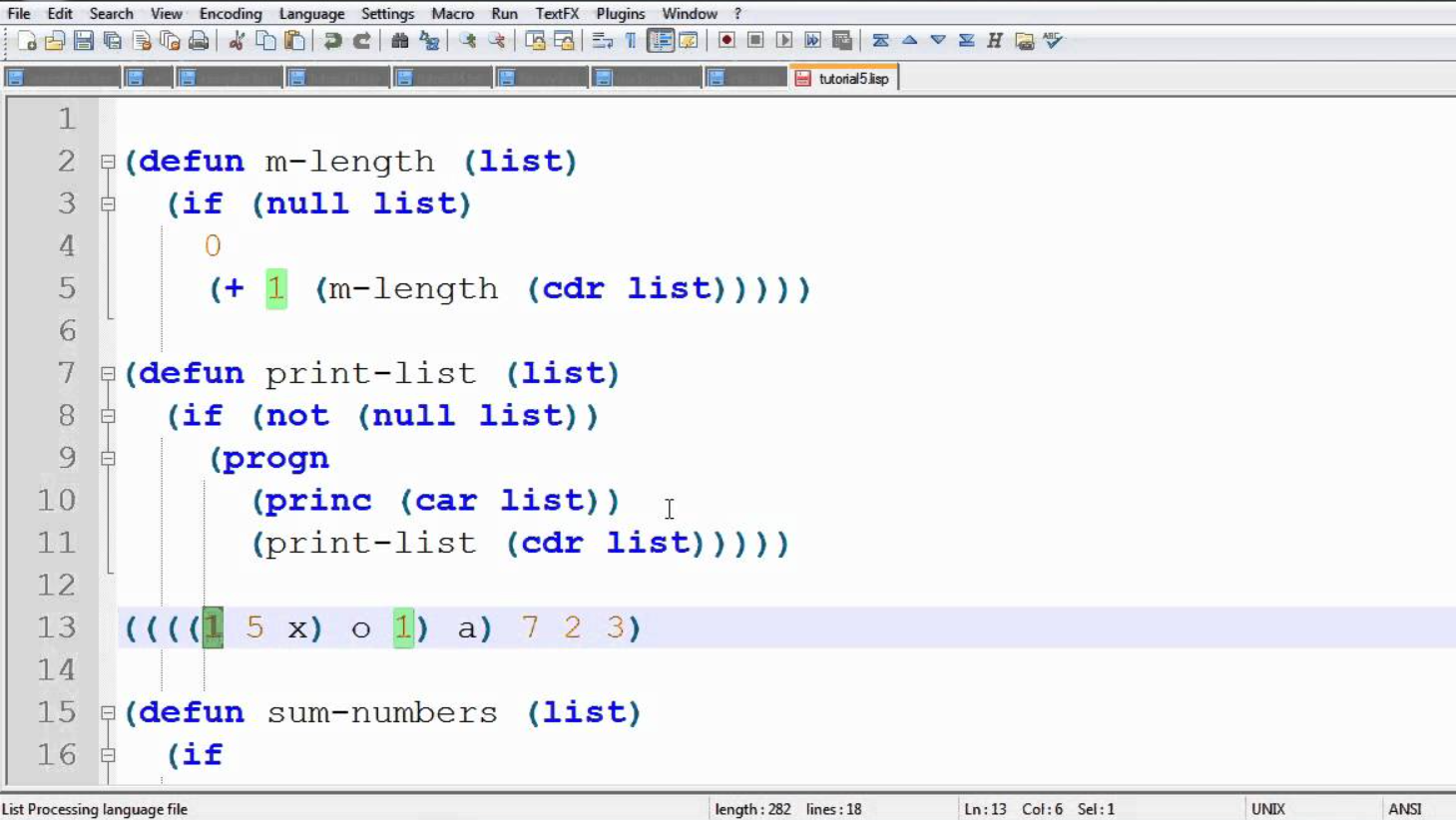

- BRICSCAD SUPPORT FILE SEARCH PATH FONT HOW TO
- BRICSCAD SUPPORT FILE SEARCH PATH FONT CODE
- BRICSCAD SUPPORT FILE SEARCH PATH FONT MAC
On the Express Tools Ribbon tab, in the Tools panel, click Command Aliases.ĪutoCAD provides a user interface for editing the shortcuts, provided you have Express Tools installed. This will open up a dialog that looks like this. If you prefer to edit the raw file in Notepad, you don’t have to go searching for it, just go to the Manage Tab in the Ribbon, then on the Customization panel, choose Edit Aliases. This will open the proper PGP file in Notepad, proper because if you search for “acad.pgp” (or “acadlt.pgp” for AutoCAD LT), you would likely find multiple copies on your machine. If you edit the wrong one, nothing will change for you in AutoCAD. In BricsCAD, go to Tools > Customize > Command Aliases to get to the user interface dialog.

It will look like this:īoth of the GUI tools in AutoCAD and BricsCAD are easy to figure out. PGP defined shortcuts are a quick way to shorten a command name. Type in “L” for Lengthen instead of “Lengthen”, or type in “O” for 3dorbit, etc. There is another way to approach this issue however. If you define your shortcuts with lisp code, then you have at least two advantages: (1) You can define command statements, such as Zoom > Window or Pedit > Multiple, and (2) Lisp definitions will always take precedence over PGP shortcuts.
BRICSCAD SUPPORT FILE SEARCH PATH FONT CODE
So if the PGP file says “L” is for the Line command but your lisp code says “L” is for Lengthen, your “L” wins.

Why is this important? If you’ve ever had to go use someone else’s CAD machine for whatever reason, how long does it take you to get your shortcuts set up (not to mention other things?) By defining your shortcuts as lisp in a single file, you can easily migrate to other machines with almost no effort.
BRICSCAD SUPPORT FILE SEARCH PATH FONT HOW TO
So if you are thinking “But wait, I don’t know how to write lisp”, don’t worry, you only need to know what shortcut letter(s) you want and the command name you want it to call, plus any optional command options. We are going to do most of it for you here. First, create a new empty folder on your C: drive to hold this file, call this new folder “CADSTUFF”.Before we write the first character, save the file in this new folder and name it “acaddoc.lsp”.(“on_doc_load.lsp” for BricsCAD) Important: Add the quote marks around the file name so that Windows will not append a “.txt” file extension. If you want to write a note to yourself in this file, use a semicolon prefix.Copy and paste the following blue text into your file: (defun c:L () (command “._lengthen” “_dy”)).For AutoCAD: On the Files tab, expand the section “Support File Search Path”.For BricsCAD: Under the Files section, edit the section “Support File Search Path”.Move this path to the TOP of this list using the controls in the dialog box.If you have reached this point successfully, you are done with the hard part.You have just written your first lisp file. The name of the lisp file “acaddoc.lsp” (AutoCAD) or “on_doc_load.lsp” (BricsCAD) is special. It means that AutoCAD/BricsCAD will load this file each time a drawing is opened. Only the first file found will be loaded however, and that is why we moved the path C:\CADSTUFF to the top of the support file search path.
BRICSCAD SUPPORT FILE SEARCH PATH FONT MAC
Select all Add Support File Search Paths at 'n' - Lee Mac Adds a list of Support File Search Paths, excluding duplicates and invalid paths.


 0 kommentar(er)
0 kommentar(er)
